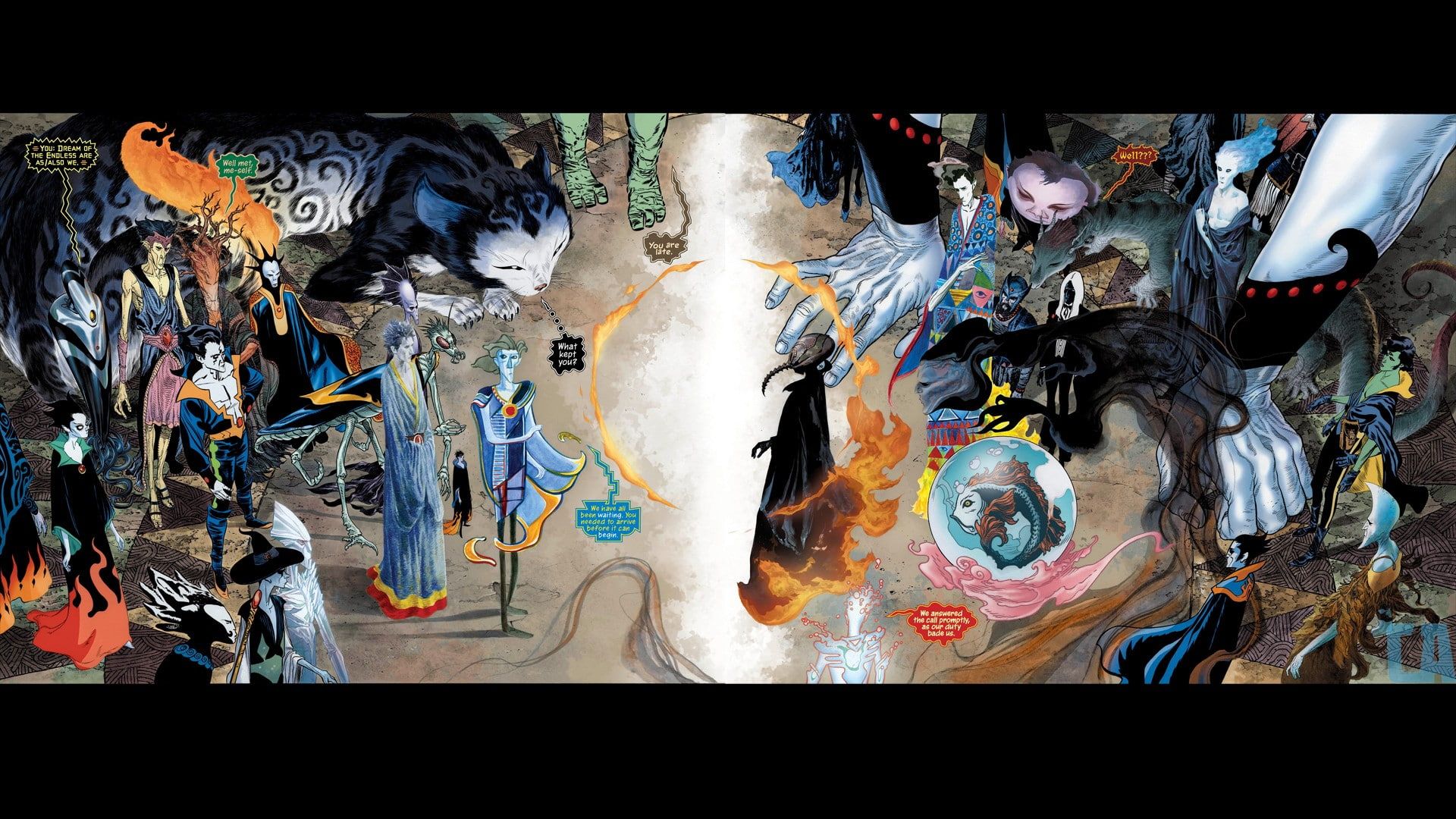
FAQ About Neil Gaiman
Neil Gaiman
2 years ago | gizem
Are there any recurring themes in Neil Gaiman's works?
Yes, Neil Gaiman's works often feature recurring themes and motifs that are woven throughout his stories. While he is known for his versatility and ability to write in various genres, certain themes consistently appear in his work, adding depth and cohesion to his storytelling. Some of the recurring themes in Neil Gaiman's works include:
- Mythology and Folklore: Gaiman frequently draws inspiration from mythology, folklore, and legends from various cultures. His works often feature gods, monsters, and legendary figures, such as Norse gods in "Norse Mythology" or the folklore of the American Midwest in "American Gods."
- Dreams and Reality: The boundary between dreams and reality is a recurring theme in Gaiman's writing. This theme is perhaps most prominent in "The Sandman" comic series, where Dream, one of the Endless, personifies dreams and the power of storytelling.
- Coming of Age: Many of Gaiman's stories explore the transition from childhood to adulthood and the challenges and discoveries that accompany this journey. "Coraline" and "The Graveyard Book" are prime examples of this theme.
- Identity and Transformation: Characters in Gaiman's works often undergo transformations, whether physical or existential. These transformations raise questions about identity, personal growth, and the fluid nature of self.
- Family and Parent-Child Relationships: Family dynamics and parent-child relationships are explored in various ways, often with a mix of love, loss, and longing. "The Ocean at the End of the Lane" and "Coraline" delve into these themes.
- The Power of Stories: Gaiman frequently emphasizes the transformative and sometimes magical power of storytelling. Whether through books, oral traditions, or other forms of narrative, stories have the ability to shape reality and change lives.
- Dark Fantasy and Horror: Many of Gaiman's works have elements of dark fantasy and horror. He often explores the eerie and unsettling aspects of the supernatural, creating a sense of wonder and unease in his readers.
- Travel and Adventure: Gaiman's characters often embark on journeys, both physical and metaphorical, that lead to self-discovery and personal growth. These journeys are central to the plots of many of his works.
- Ambiguity and Mystery: Gaiman is known for leaving certain elements of his stories open to interpretation, allowing readers to engage with the text on multiple levels and encouraging them to ponder the unknown.
- Cultural Commentary: Some of Gaiman's works, such as "American Gods," offer commentary on contemporary culture, belief systems, and societal changes.
